I’ve realised that living in Dundee city centre, I really shouldn’t need a car.
This newfound clarity has, of course, absolutely nothing to do with the £600 bill I got from my mechanic yesterday after my tin-can of a Kia, Peanut, failed her MOT “miserably”.
Those were the boy’s words, verbatim: “Failed miserably”. As a straight-A student and type-A personality, I didn’t take that very well.
And the whole wallet-eating, pride-knocking debacle has me wondering: Why do I even need a stupid car anyway when I live in the city centre?
In theory, I don’t. I work from home and I can walk quickly and easily to the high street where, you would think, I can get anything I need.
In fact, being within walking distance of everything I need is partly why I moved to Dundee from the suburbs to begin with.
It had loads of Stuff, all close together.
And Stuff, not unis and cathedrals, is what separated the city from the suburbs in times gone by.
The magic of Stuff
Growing up in the arse-end of nowhere, somewhere outside Falkirk, I went everywhere in the car.
You couldn’t walk to the supermarket on your way home to pick up dinner, or pop down to New Look on your lunch for a wee browse.
Those were Saturday afternoon expeditions, involving a 15-minute trundle down the motorway to a retail park or shopping centre three or four towns (or two hours on two buses) away.
If you forgot something and needed it midweek, you were stuck paying £2 more for it from the overpriced ‘wee shop’ round the corner.
So moving to Dundee city centre was like winning the convenience lottery.
A big Tesco and an M&S on the Murraygate? A Topshop, a nightclub and a Waterstones, all within five minutes of one another? That’s so much Stuff!
Stuff is what makes a city centre, central; a nucleus from which we navigate both geographically and economically.
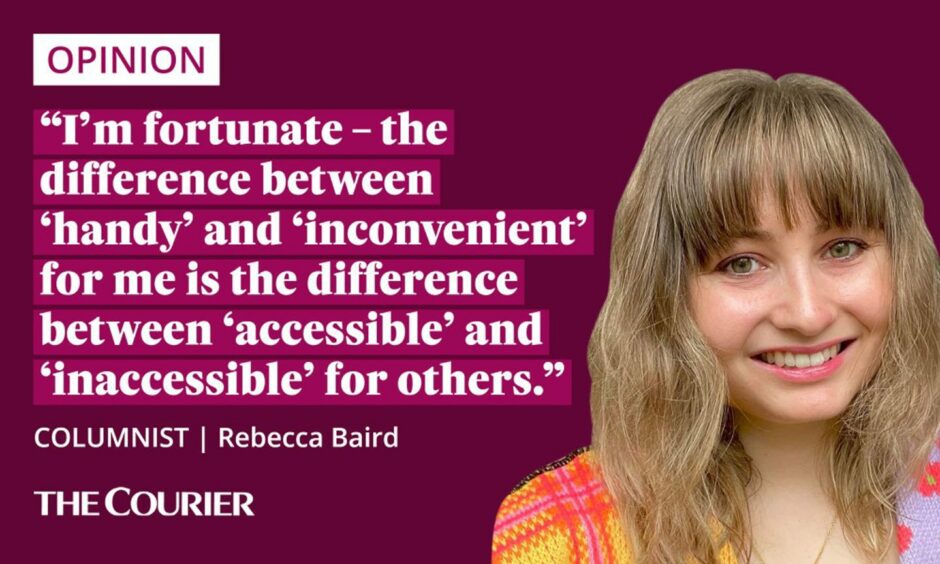
It creates what annoying buzzword folk are calling ‘walkable communities’.
And “walkable communities”, grating as the phrase may be, encapsulates what residents want from a city centre.
They are what make cities the adult equivalent of a magic boarding school or run-down orphanage in a children’s book – a place where adventures can happen because everyone and everything is already right there.
There’s an alchemy in that; possibility mixed with proximity.
Going beyond the buzzwords
But ironically, as the powers that be scramble to make footpaths and improve transport links to the centre from the suburbs in the wake of lockdown’s walking revolution, the centre itself is emptying out.
I hate to get all “death of the high street” – but it really is dying. In the last four years, Debenhams, DP, Zara, Tesco, Topshop and most of the Wellgate units have gone.
There’s no Stuff.
Now weekly shops aren’t done while out on the hoof but on a planned trip up the Kingsway on a Saturday afternoon.
Out-of-town retail parks are your best bet for any big-name clothing or homeware stores.
Even going to a cinema requires a car, unless the film you want is being shown at the DCA.
Now, as much as I’d like to get rid of my car (and at £600 down, I really would), being without it now would be a right pain.
So if I need my car to live that ‘handy’ life, I’m starting to question what exactly it is that living in the city centre can offer in this post-central world (besides an abundance of restaurants and coffee shops).
Suburban life on a city centre budget? No thanks
Because if I wanted a suburban lifestyle, where you need to drive to everything… well, I’d move back to the suburbs.
I didn’t pay city housing prices all this time just for some kind of cultural bragging rights. I paid them because staying within walking distance of everything is handy.
And I’m fortunate – the difference between ‘handy’ and ‘inconvenient’ for me is the difference between ‘accessible’ and ‘inaccessible’ for others.
Yesterday’s news that the central M&S is shutting down and moving out to Gallagher Retail Park has become an all-too-familiar kind of tale.
Already, Courier readers are pointing out that for people who don’t drive, the retail park is more difficult to get to than the city centre.
It’s a problem that I fear the privileged – myself included – are at risk of underestimating.
No planes, no trains – so automobiles
I spend so much time in the online world – working, shopping, connecting with others – that I sometimes forget I have a body that I need to cart around.
But we do, tragically, live in a physical world.
And many non-drivers – those with chronic illness, wee weans, mobility issues or who are simply older and less able to travel long distances – are constantly, painfully aware of the logistics of moving their bodies through the world.
For me, a 30-minute walk is nothing. For others, that walk is impossible.
An extra five minutes from the bus station may not seem like much to you or me, but add on stairs, a busy car park and a bigger premises, and that one shop changing can have a huge impact on someone less mobile.
Plus, in this current reality of rail strikes, bus route cuts and skyrocketing taxi fares, travel logistics are not only practically challenging – they’re huge financial burdens too.
Environmentally, the trend towards retail park shopping also seems a bit ‘one step forward, two steps back’.
Sure, it decreases traffic to an already busy location, meaning less air pollution.
But people aren’t going to make sustainable choices if they equate to real-world hardships. Life’s hard enough.
So without prompt and efficient adaptations to new layouts from public transport services, emptying out city centres is just forcing more folk to keep their cars on the road.
Even young, fit, folk like me – who’d happily scrap it, and just walk.
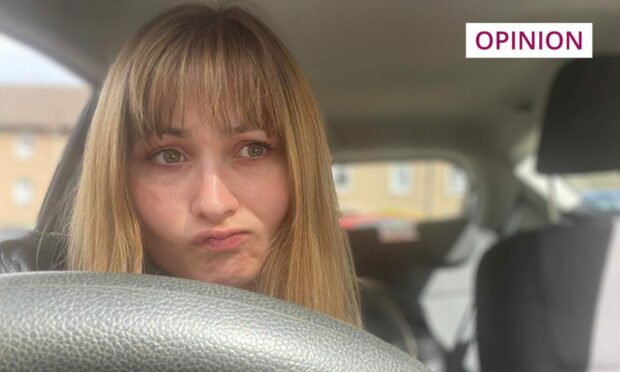
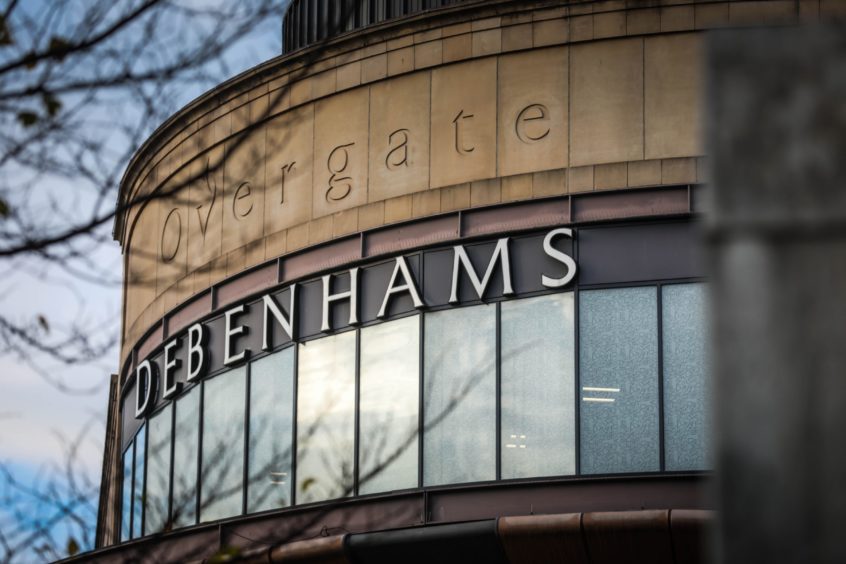
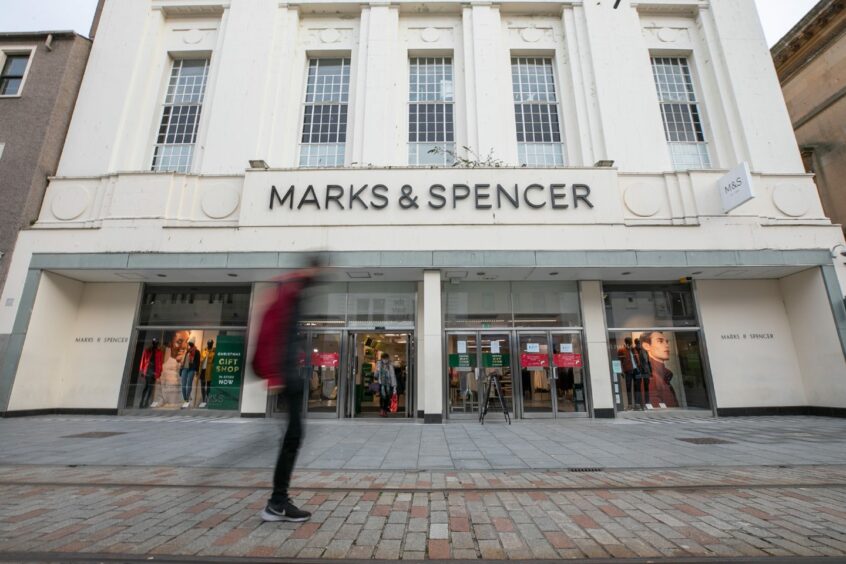
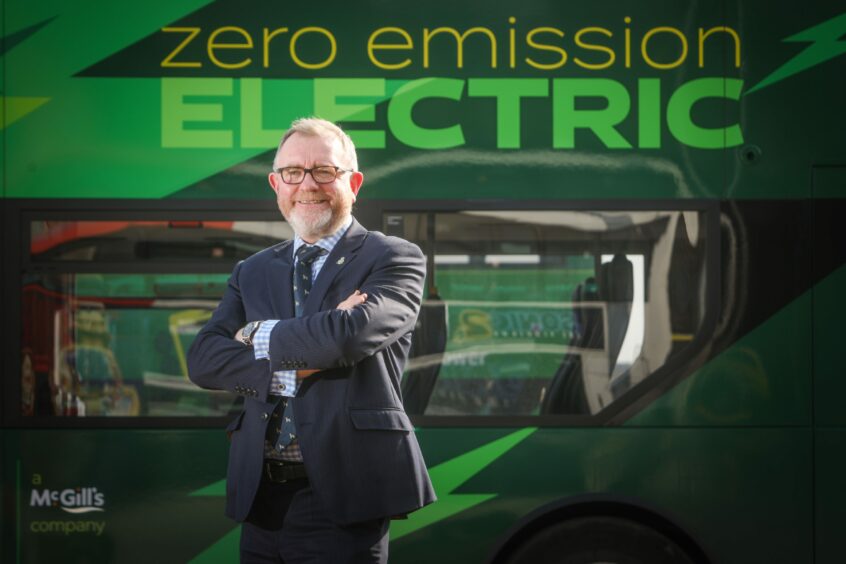
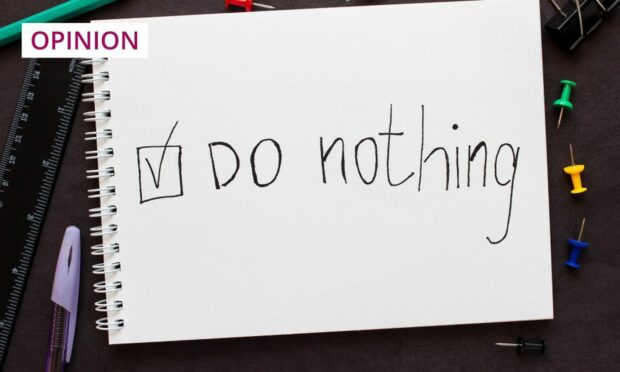
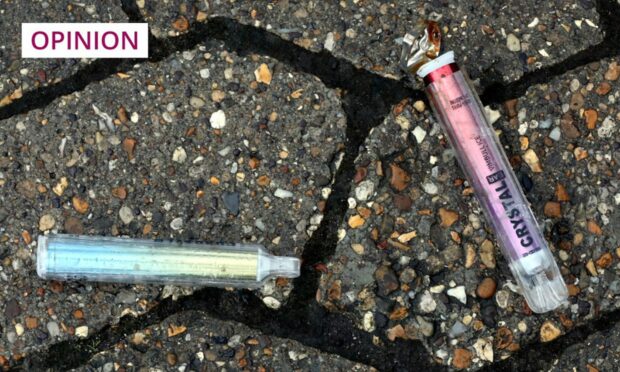
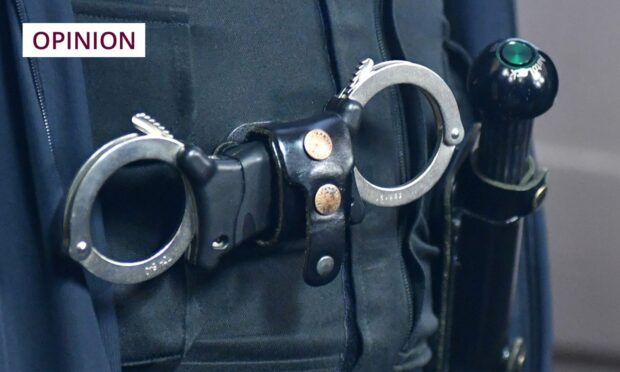
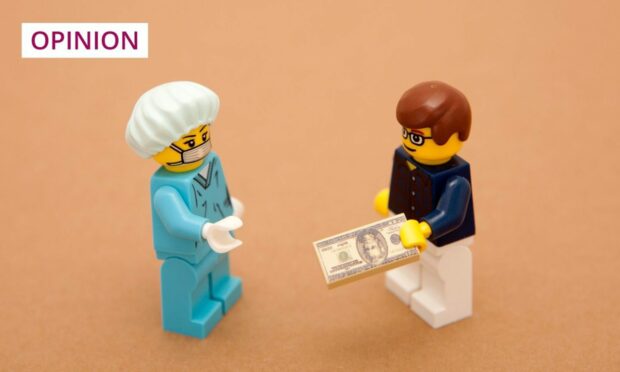
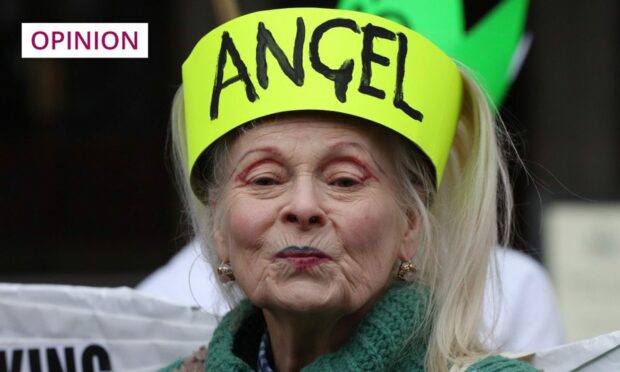
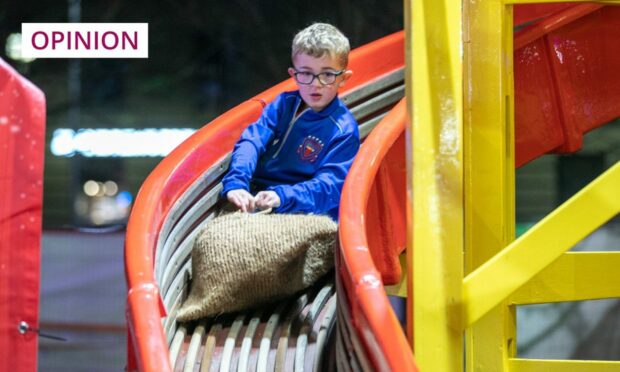










Conversation